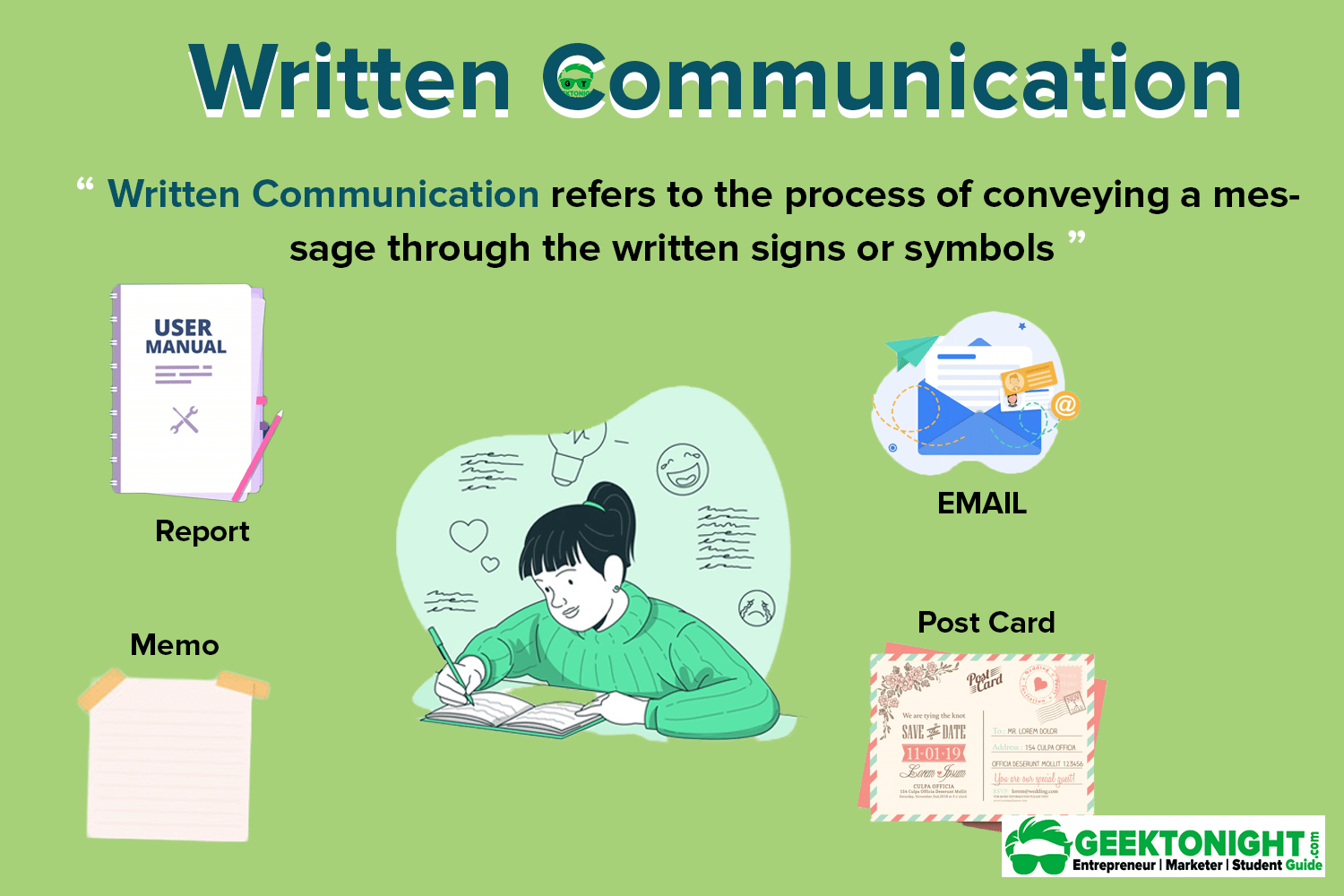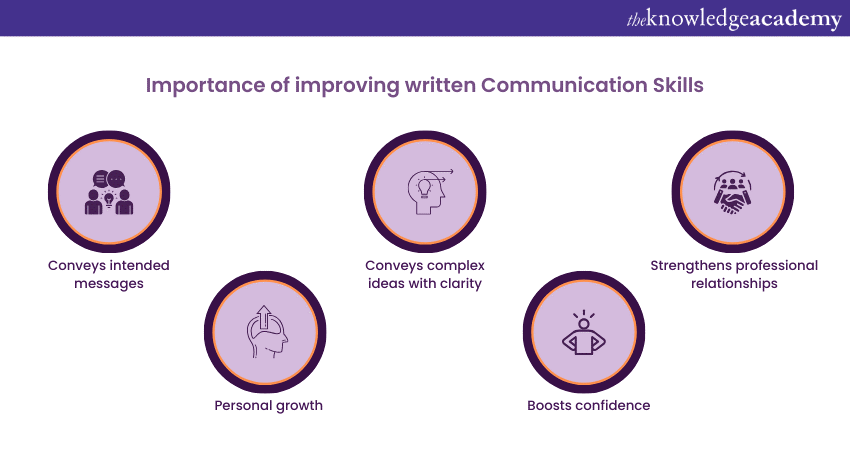Improving Written Communication Skills In The Workplace

In today's hyper-connected and increasingly digital workplace, poor written communication isn't just a minor inconvenience; it's a costly drain on productivity, a breeding ground for misunderstandings, and a significant impediment to career advancement. From misinterpreted emails and ambiguous reports to unclear project briefs and poorly crafted presentations, the consequences of inadequate written communication skills are far-reaching, impacting everything from team morale to a company's bottom line.
At its core, the problem stems from a confluence of factors: a decline in formal writing instruction, the prevalence of informal digital communication, and a general lack of emphasis on written communication skills in professional development. This article delves into the challenges, costs, and solutions surrounding this critical issue, exploring strategies individuals and organizations can adopt to cultivate a culture of clear, concise, and effective written communication.
The High Cost of Poor Writing
The financial implications of poor written communication are substantial. A 2016 study by the Society for Human Resource Management (SHRM) found that communication barriers cost organizations an average of $62.4 million per year per company. These costs manifest in various ways, including project delays, errors, rework, and lost opportunities.
Internally, misunderstandings arising from poorly written emails or unclear memos can lead to conflict, reduced productivity, and decreased employee engagement. Externally, poorly written proposals, marketing materials, or customer service responses can damage a company's reputation and lead to lost sales.
Beyond the monetary costs, poor writing can also negatively impact employee morale and create a toxic work environment. When communication is unclear, employees can feel frustrated, confused, and undervalued, leading to increased stress and decreased job satisfaction.
Identifying the Root Causes
Several factors contribute to the pervasive problem of poor written communication. One major issue is the decline in formal writing instruction in schools. Many graduates enter the workforce without the foundational skills necessary to write clearly and effectively.
The rise of informal digital communication has further exacerbated the problem. The prevalence of text messaging, instant messaging, and social media has led to a decline in attention to grammar, spelling, and punctuation. This informality can easily seep into professional communications, leading to a perception of unprofessionalism.
Finally, many organizations fail to prioritize written communication skills in their training and development programs. Employees may receive technical training but lack the necessary writing skills to effectively communicate their ideas and findings.
Strategies for Improvement: Individual Level
Individuals can take proactive steps to improve their written communication skills. Consistent practice is paramount. This could involve writing regularly, seeking feedback from colleagues, and actively editing and revising one's work.
Reading widely and critically is also essential. Pay attention to how effective writers structure their arguments, use language, and engage their audience. Analyze different writing styles and identify techniques that can be adapted to one's own writing.
Utilizing writing tools such as grammar and spell checkers can also be beneficial, although these tools should not be relied upon exclusively. Developing a strong vocabulary and understanding of grammar rules is crucial for effective writing.
Strategies for Improvement: Organizational Level
Organizations have a crucial role to play in fostering a culture of effective written communication. Investing in employee training programs focused on writing skills is essential. These programs should cover topics such as grammar, punctuation, style, and audience analysis.
Creating clear communication guidelines and templates can also help to ensure consistency and clarity. Establishing standards for email communication, report writing, and presentation development can significantly improve the quality of written communication across the organization.
Furthermore, organizations should provide opportunities for employees to receive feedback on their writing. Encouraging peer review and offering constructive criticism can help employees to identify areas for improvement and develop their writing skills.
Leadership must champion the importance of clear and effective written communication. By setting a positive example and emphasizing the value of good writing, leaders can create a culture where strong written communication skills are valued and rewarded.
The Future of Workplace Communication
Looking ahead, the ability to communicate effectively in writing will become even more critical. The increasing reliance on remote work and digital communication means that written communication will be the primary means of interaction for many employees. As stated by Josh Bersin of The Josh Bersin Company, "Communication is the lifeblood of any organization, and in today's digital world, written communication is more important than ever."
Organizations that prioritize written communication skills will be better positioned to attract and retain talent, improve productivity, and achieve their business goals. By investing in training, establishing clear guidelines, and fostering a culture of feedback, companies can empower their employees to communicate clearly, concisely, and effectively, creating a more productive and successful workplace.







![Improving Written Communication Skills In The Workplace How To Improve Written Communication Skills At Work [15 Tips]](https://www.teamly.com/blog/wp-content/uploads/2022/02/How-to-improve-written-communication-skills-at-work.png)










